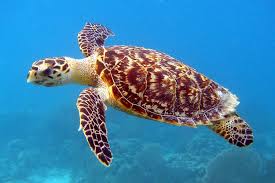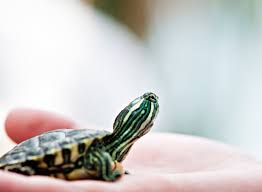The Wood Turtle is a fascinating species, both in terms of its biological characteristics and the unique role it plays within its ecosystem. Known for their sculpted shells that resemble carved wood, these creatures inhabit a broad range of environments, showcasing their adaptability and resilience. This introduction aims to explore the intriguing world of Wood Turtles, touching on their behavior, habitat, and the conservation efforts directed towards their preservation.
Physical Characteristics
- Height and Weight: The person’s height and weight can give clues about their overall health and physical fitness.
- Eye and Hair Color: This typically relates to a person’s genetic makeup and can often be linked to geographical ancestry.
- Skin Type: This can range from very fair to very dark, and may also include details such as dry, oily, or combination skin.
- Posture: A person’s posture can indicate their health, confidence levels, and even their mood.
- Distinguishing Features: This may include things like freckles, scars, birthmarks, or tattoos. These features are unique to the individual and make them stand out.
Behavior and Habitat
- Animals exhibit a wide range of behaviors, many of which are instinctual, while others are learned from their environment and experiences.
- The habitat of an animal significantly influences its behavior and lifestyle. It provides the necessary resources for survival, including food, water, and shelter.
- Some species are solitary, preferring to live and hunt alone, while others are social animals that live in groups.
- The habitat of an animal also dictates its diet. Carnivores, herbivores, and omnivores are terms used to describe animals based on their dietary preferences, which are largely determined by their environment.
- Animal behaviors can also be influenced by seasonal changes, which may lead to migration, hibernation, or changes in feeding habits.
- Understanding animal behavior and habitats can provide valuable insights into ecological systems and guide conservation efforts.
Related Post : A Guide to the Enchanting World of Common Musk Turtles
Diet and Foraging
- Diet: In the wild, their diet is diverse, consisting of a mix of fruits, nuts, seeds, insects, and small animals. They may also consume tree bark, roots, or leaves during food scarcity.
- Foraging: They are adept foragers, often seen exploring their surroundings in search of food. With dexterous hands and a keen sense of smell, they can locate and procure food hidden in the most unexpected places. Their foraging habits also extend to the night, making them as much nocturnal as they are diurnal.
- Seasonal Adaptation: Their diet and foraging patterns are often influenced by seasonal changes. During warmer months, when food is abundant, they tend to consume more fruits and insects. In contrast, during colder months, their diet leans more towards nuts and seeds, which are easier to find and store.
- Impact on Ecosystem: By dispersing seeds through their excreta, they contribute to the propagation of many plant species, playing a crucial role in maintaining the biodiversity of their habitats. Plus, their foraging habits help control pest populations, providing a natural balance to the ecosystem.
Reproductive Behavior
- Mating Systems: Different species have various mating systems. Some species are monogamous, where one male mates with one female, while others are polygamous, with one individual mating with several partners.
- Sexual Selection: This is a natural selection process where certain traits in individuals make them more attractive to the opposite sex, increasing their chances of reproduction.
- Parental Care: In many species, once mating has occurred, one or both parents may invest time and resources into the care and protection of offspring.
- Reproductive Cycle: Most animals have specific reproductive cycles influenced by environmental factors such as temperature, food availability, or daylight length.
- Fertilization: The process of fertilization can be internal (occurs inside the body) or external (occurs outside the body). The type of fertilization usually depends on the species’ evolutionary adaptations.
- Reproductive Strategies: Different species can either produce a lot of offspring with low survival rates (r-strategy) or few offspring with high survival rates (K-strategy) based on their ecological niches.
Conservation Status
- Extinct (EX): This status is assigned when there is no reasonable doubt that the last individual of a species has died.
- Critically Endangered (CR): Species categorized under this status are those that are facing an extremely high risk of extinction in the wild.
- Endangered (EN): This status is assigned to species that are at a very high risk of extinction in the wild.
- Vulnerable (VU): Species categorized as vulnerable are at a high risk of extinction in the wild.
- Near Threatened (NT): These species are likely to be threatened with extinction in the near future.
- Least Concern (LC): Species in this category are not deemed to be facing the threat of extinction.
- Data Deficient (DD): This status is assigned when there is inadequate information to make a direct or indirect assessment of the risk of extinction based on its distribution or population status.
Conclusion
- The language code “EN-US” refers to American English and is widely used in content creation to maintain consistency in language use throughout the document.
- Adhering to a defined language code ensures clarity and uniformity in the interpretation of the content.
- The specification of language code is particularly crucial in multicultural and multilingual environments to minimize potential misunderstandings.
- Furthermore, it plays a key role in localization strategies, where content is adapted, taking into account the linguistic nuances of the target audience.


